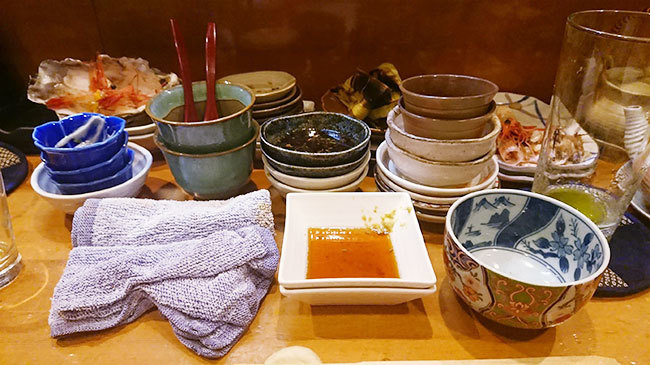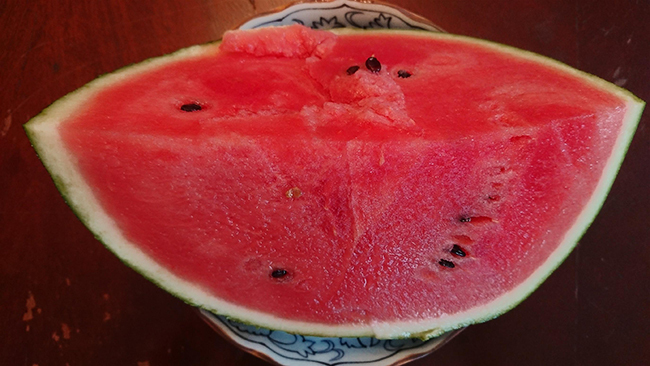…なんて思っていたのですが、写真で冷静に振り返ると、この量を食べて5合酒。なかなか大人になるのは難しいものです。
さて「質より量」「自由奔放」「批判厳禁」「便乗発展」といえば、かの有名なブレーンストーミングの四つのルールです。
今年はご縁もあって学生さん向けの講座を春学期に三つも担当しているのですが、そこでブレストにチャレンジしてもらうと、たいてい四つのルールのうちの、ある一つが上手くいかないようです。それって、どれだと思います?
特に最近の学生さんは「批判厳禁」が上手です。たとえ誰かがピンと来ない発言をしても、やさしく受け止めてくれます。
学生同士、必ずしも友達ではないので、お互いに「自由奔放」を許す空気をつくるのには多少時間がかかりますが、それでもみんな乗り越えてくれます。
そして、それができたら自動的に「質より量」もOKです。一つの正解ではなく、何かを生み出しそうな可能性探しをして、答えを量産してくれます。
一方、彼らが共通してつまずくのは「便乗発展」です。誰かの発言を否定することなく、どうやってその場を展開していけばいいのか、わからないのです。
そんな時は、そもそもブレストを通じて何を手に入れたいのか、原点に立ち返ることにしています。そしてもし、イノベーションを起こすような「その手があったか!」を手に入れたいなら、考えるべきはただ1点。「ヒトとモノ・コトの新しいつながり」であることを伝えます。
つまりブレストでは「ヒト」と「モノ・コト」に新しいつながりをつくるために、両者の間を行ったり来たりしなければならないわけです。その構造さえ理解すれば、あとは簡単。
誰かの発言の中から新しい「ヒト」か、新しい「モノ・コト」の側面を見つけ出し、それを起点に再び話を広げていけばいいのです。
例えば「銭湯の活性化」のアイデアが求められているなら。「高齢者」が「大きい風呂」を求めて利用しているのが現在のつながりだとすると、この範囲内のボキャブラリーである限り、便乗発展はできません。スルーしましょう。
でも「保育園児」や「クラブ遊びが好きな若者」とか、「ロッカーがある」とか「日本文化」といったような、今までとは違う側面が浮かび上がったらチャンスです。誰かの発言趣旨から、その側面(単語)だけを切り離し「保育園児を喜ばせるためには…」「銭湯の日本文化を喜ぶ人って…」と便乗し、発展させればいいのです。
そもそも「便乗」って、他の人がつくった機会を利用してタダ乗りする、ちょっと悪いたくらみのニュアンスがあります。まさにその通りで、全面的に相手の発言を受け入れるのではなく、その使える部分を勝手に活用させてもらうイメージです。
会話の中から他人の発言を切り取る技術を身に付けるためには一定の経験が必要ですが、この構造を理解すると、学生さんも少しずつ確実にブレストが上達します。
まだまだ暑い日が続きます。若い皆さんとブレストのような熱い議論を重ねた後は喉も乾きます。まだ日が高くてビールには早いなら、大玉スイカを1/4に大胆カットして、がぶがぶがぶ。
我ながら、夏バテ知らずの食欲なのでした。
どうぞ、召し上がれ!









